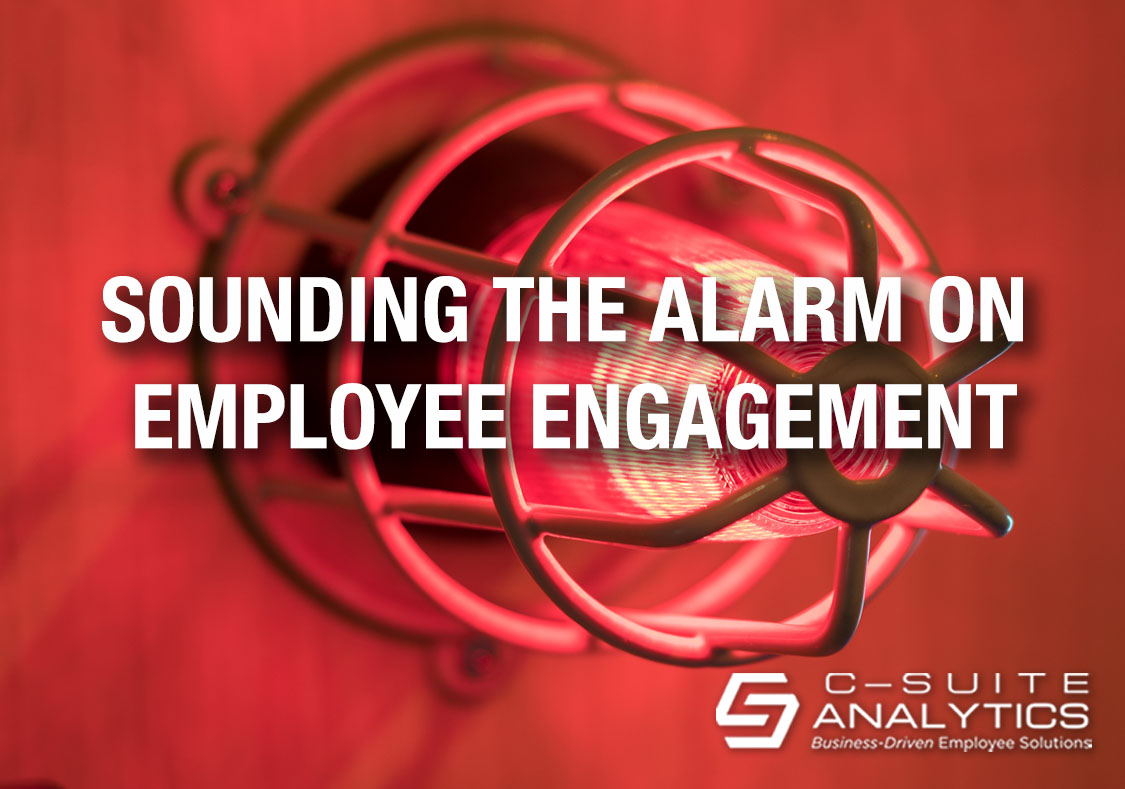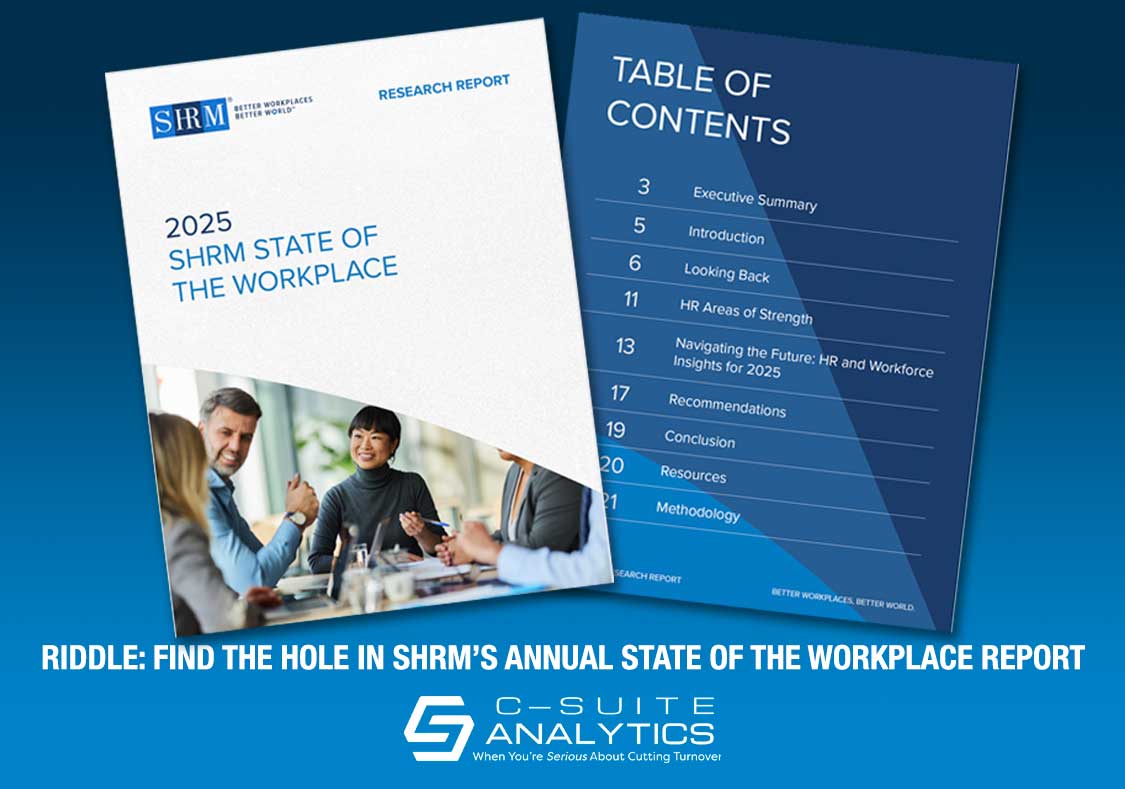The Stay Interview Question 2 “What are you learning here?” is a powerful tool for boosting employee trust, engagement, and retention—especially in a workforce that's shifting away from traditional career paths.
Alarming Realities Regarding Employee Engagement

Gallup is the gold standard for data, so I’m all ears when Gallup speaks about employee engagement, as we consider ourselves global experts on employee retention with hundreds of success stories to back it up, and it’s Gallup’s data that is my go-to choice for big-picture engagement information.
Given that, consider just a few of these statistics that are sitting on their site, available to us all:
- Managers account for 70% variance in team engagement.
- Two thirds of employees who say their managers focus on their strengths are engaged.
- One in two employees have left a job to get away from their manager.
So this opening research list tells us the managers in our companies drive employee engagement. Let’s look at another group of findings:
- Just 10% of people put in manager roles have a strong natural ability to do so.
- Large companies have about one manager for 10 employees while one in 10 managers bring strong natural talents.
So this math tells me that just 10 in 100 employees are working for a competent manager. Gallup goes onto say:
“Bad managers cost businesses billions of dollars each year, and having too many of them can bring down a company. The only defense against this problem is a good offense, because when companies get these decisions wrong, nothing fixes it.”
So those of us Gallup fans would all agree that we need to do a better job selecting managers. But the bigger issue is how many items on anyone’s post-survey plan are about developing managers or moving bad ones out. It is easy for a committee to list the usual suspects for improving employee engagement:
- Recognition…employees of the month and year, employee appreciation week, company clock at ten years.
- Communication…town hall meetings, CEO videos, pump up the company intranet.
- Career development…career day, career ladders, brown-bag luncheon series with a speaker from the community college.
Deloitte reports U.S. companies spend $1.53 billion annually on improving engagement, at the same time Gallup tells us employee engagement has hardly budged in the past 20 years. About one-third of our employees were engaged in 2000, about the same are engaged now.
How hard is it to understand that employees do want recognition, communication, and career coaching…but they want it from their boss? Yet we persist to believe one-size-fits-all programs are worthy substitutes for our managers performing their jobs. So there is no mystery why employee engagement has been stuck for 20 years and we have flushed billions of dollars trying to improve it. Candidly, it’s not that complicated.
The good news is there IS a way out, a solution to improving engagement that works…and it works because managers apply it immediately after training without waiting for a circumstance to appear.
Stay Interviews training provides basic skills involving asking, probing, and taking notes, which supervisors put into practice immediately starting the day after training so there is no drop-off time between learning and application. Supervisors don’t have to recall what they learned because they are immediately applying what they learned. If this same solution that has consistently cut employee turnover by 30% and more was applied to improve employee engagement, would employee engagement scores increase?
The answer is “yes”, as our clients would tell you. The very simple formula is this:
- Leaders on all levels drive employee engagement and employee retention…and not company clocks.
- The single skill leaders need to improve both is to build trust.
- Stay Interviews drive leaders to build trust because they focus on employees’ needs versus organizational needs.
- Leaders conduct Stay Interviews immediately after training so there is no “The next time…” inactive period where leaders skills fade.
Leaders of course require training to conduct Stay Interviews right. Listening, probing, and note-taking are essential for identifying employees’ greatest needs and addressing them…all to build that high-on-the-hill level of trust we need to retain and engage the employees who we depend on for productivity and profits.
Dick Finnegan is SHRM’s top-selling author and top-rated webcast presenter. Please email your comments to DFinnegan@C-SuiteAnalytics.com. Contact Dick to discuss how we can help you retain your valuable employees. You are also welcome to forward this blog to anyone you believe would find it helpful.



